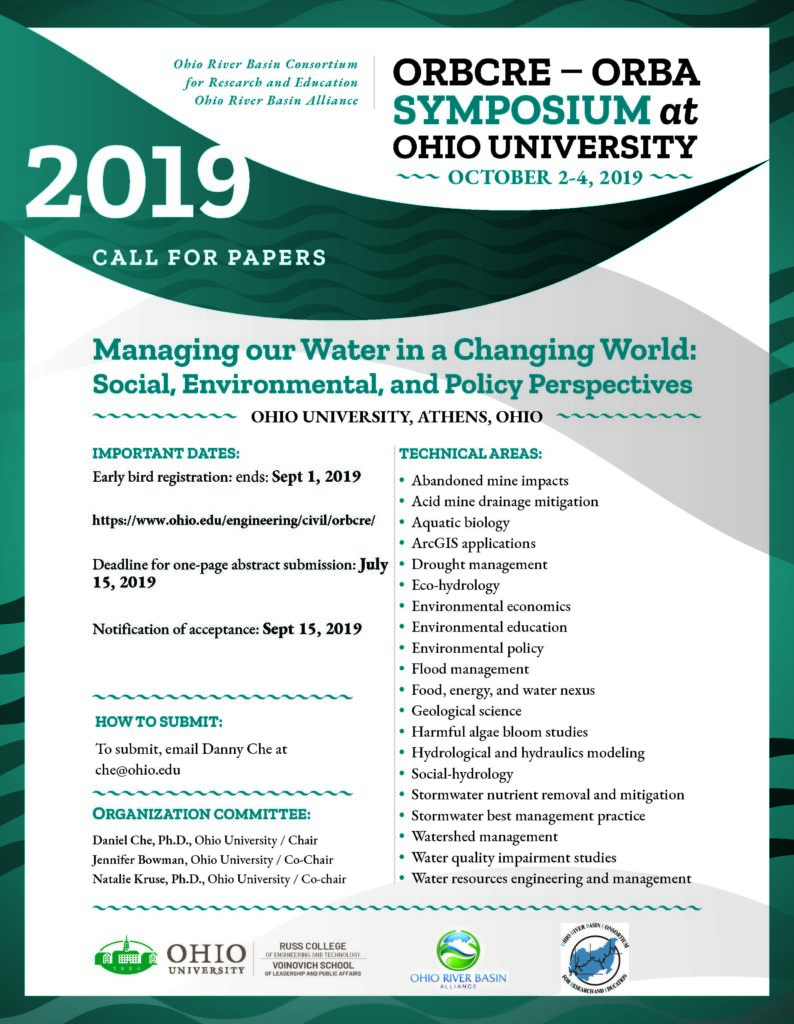On Tuesday, Oct. 22, the Environmental Protection Agency (EPA) published the final rule repealing the Waters of the U.S. (WOTUS) rule, returning the law to provisions in place prior to 2015. The new rule will go into effect on Dec. 23, 2019 however, legal challenges are expected from environmental groups.
According to the EPA, they are repealing the 2015 rule for four primary reasons:
- The 2015 rule did not implement the legal limits on the scope of the agency authority under the Clean Water Act as intended by Congress.
- Obama-era rulemaking failed to adequately consider states’ rights.
- The repeal is an effort by the EPA to avoid interpretations of the Clean Water Act that “push the envelope of their constitutional and statutory authority.”
- The 2015 rule’s distance-based limitations suffered from “certain procedural errors” and a lack of adequate record support.
Stream + Wetlands Foundation (S+W) continues to monitor the activities surrounding the WOTUS rule development. We believe it is important for EPA and USACE to resolve this longstanding problem soon and that a better WOTUS definition would be beneficial to the environment and the regulated community.
A comprise on the WOTUS definition should be followed with revisions to the permitting programs. There are far too many inefficiencies in the permitting programs that result in lost time and money by the regulatory agencies and permit applicants. An improved regulatory program could reduce the time and expense born by agencies and applicants. The time and funds wasted on the inefficient permitting program should then be directed towards improving environmental outcomes in the permitting process.

